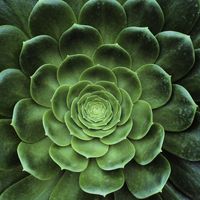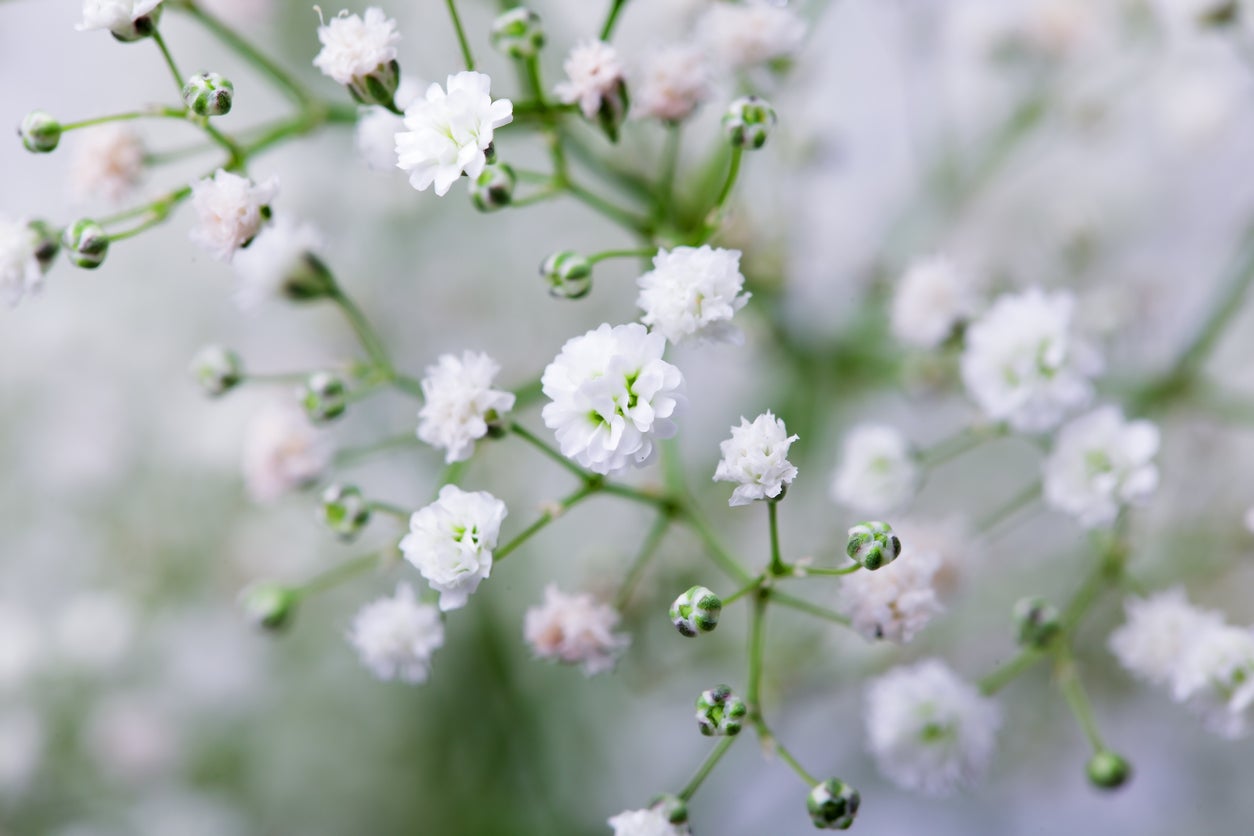Baby’s Breath Varieties: Learn About Different Types Of Gypsophila Plants


Clouds of billowy baby’s breath flowers (Gypsophila paniculata) provide an airy look to floral arrangements. These profuse summer bloomers can be just as pretty in a border or rock garden. Many gardeners use cultivars of this plant as a backdrop, where the floods of delicate blooms show off brightly colored, lower growing plants.
So what other types of baby's breath flowers are there? Read on to learn more.
About Gypsophila Plants
Baby’s breath is one of several types of Gypsophila, a genus of plants in the carnation family. Within the genus are several baby’s breath cultivars, all with long, straight stems and masses of dainty, long-lasting blooms.
Baby’s breath varieties are easy to plant by seed directly in the garden. Once established, baby’s breath flowers are easy to grow, fairly drought-tolerant, and require no special care.
Plant baby’s breath cultivars in well-drained soil and full sunlight. Regular deadheading isn’t absolutely required, but removing spent blooms will prolong the blooming period.
Popular Baby’s Breath Cultivars
Here are a few of the most popular varieties of baby’s breath:
- Bristol Fairy: The Bristol Fairy grows 48 inches (1.2 m.) with white flowers. The tiny flowers are ¼ inch in diameter.
- Perfekta: This white flowering plant grows up to 36 inches (1 m.). Perfekta blooms are slightly larger, measuring about ½ inch in diameter.
- Festival Star: Festival Star grows 12 to 18 inches (30-46 cm.) and blooms are white. This hardy variety is suitable for growing in USDA zones 3 through 9.
- Compacta Plena: Compacta Plena is bright white, growing 18 to 24 inches (46-61 cm.). Baby’s breath flowers may be edged in pale pink with this variety.
- Pink Fairy: A dwarf cultivar that blooms later than many other varieties of this flower, Pink Fairy is pale pink and only grows 18 inches (46 cm.) high.
- Viette’s Dwarf: Viette’s Dwarf has pink flowers and stands 12 to 15 inches (30-38 cm.) tall. This compact baby’s breath plant blooms throughout spring and summer.
Sign up for the Gardening Know How newsletter today and receive a free copy of our e-book "How to Grow Delicious Tomatoes".

A Credentialed Garden Writer, Mary H. Dyer was with Gardening Know How in the very beginning, publishing articles as early as 2007.